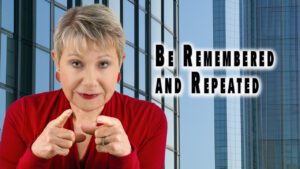Why the Best Business Deals Are Won Before the Numbers Are Negotiated
When my friend Michael Sipe, a brilliant mergers and acquisitions specialist, was building his reputation as a business broker, I helped him craft speeches to market his expertise. Mike has always understood something many professionals overlook:
Most business deals are not won on price. They are won on positioning, perception, and personal chemistry.
Here is one of the most powerful business lessons Mike ever shared with me..
The Situation: Three Full-Price Offers and One Smart Strategy
Mike was conducting an acquisition search for a client, Jane. During that search, he discovered that an internationally famous giftware store was quietly for sale through a general business broker.
Jane was intrigued, but there was a problem.
The broker had already received three full-price offers.
Most buyers would have stopped there.
Mike did not.
Because he had a strong relationship with the broker, he persuaded him to allow Jane to meet the seller. Mike had done his homework and suspected something critical:
The seller was not simply selling a business.
He was letting go of a legacy.
The owner had emigrated from Eastern Europe and came from humble beginnings. He had built the company over decades. He regarded it as a child. His identity was intertwined with the business. Although he wanted to retire, Mike sensed that the seller secretly hoped to remain influential, respected, and connected after the sale.
The other bidders, by contrast, wanted a clean takeover. No interference. No emotional attachment.
Mike recognized the opportunity immediately.
Coaching the Buyer to “Sell” the Seller
Mike knew, contrary to popular wisdom, that buyers must sell first.
They must sell the seller on:
- Why are they the proper steward of the business
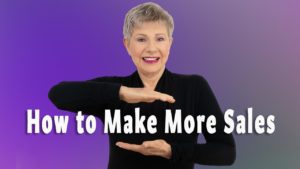
Make more sales when you subscribe to FrippVT Sales - Why the business will thrive in their hands
- Why the seller’s legacy will be respected
Only after that does money truly matter.
Mike coached Jane carefully.
Jane was impressive on paper. She was a successful attorney with national recognition for her business achievements. However, Mike advised her to leave her résumé at the door.
In the meeting, Jane did not lead with her accomplishments.
She led with curiosity, respect, and restraint.
She listened more than she spoke.
She took notes.
She asked thoughtful questions.
Rather than positioning herself as the expert who would modernize everything, she positioned herself as a student of the seller’s wisdom.
She made it clear that while she would eventually introduce new technology and fresh energy, she valued the seller’s experience and wanted his continued input as she learned the business.
That distinction changed everything.
The Question That Changed the Deal
At the first meeting, Mike asked the seller a simple but profound question:
“My wife and I have been longtime customers of yours. I review businesses regularly, but I cannot figure this out. What is the secret of your business? What is your magic?”
The seller lit up.
No one had ever asked him that.
As Jane listened intently, the seller revealed two of the most insightful retail lessons I have ever heard.
First:
“There must always be an element of discovery in a store.”
The store layout was intentionally designed to require customers to search. In doing so, they discovered unexpected treasures and raced them to the cash register. What appeared to be disorganization was, in fact, strategic design.
Second:
“Never forget the potato peelers.”
While customers came for the extraordinary, one-of-a-kind items, the store always stocked everyday fundamentals. Not because customers came for them, but because once immersed in the environment, they gladly purchased those basics at full margin.
That insight alone is worth millions.
The Outcome: Winning Without the Highest Offer
Over a series of meetings, Jane continued learning while building a genuine rapport. When the time came to structure an offer, Mike presented one that was significantly lower than the others and far more favorable to the buyer.
It included a consulting agreement that kept the seller involved.
The seller accepted immediately.
Why?
Because Jane had sold him confidence, respect, and continuity.
She had demonstrated that she would protect what he built while taking it into the future.
Jane acquired the company, redesigned it for the twenty-first century, and honored the principles she had learned. Each month, when the seller returned as a consultant, he was delighted by the energized staff, the elevated customer experience, and the growth of the business.
His legacy was safe.
The Lesson for Every Business Leader
The secret to successful negotiations, acquisitions, and partnerships is understanding this:
A sale is rarely just about money.
It is about identity, trust, and chemistry.
Whether you are selling a business, pitching an idea to senior leadership, closing a major account, or persuading stakeholders, you are always selling more than terms.
You are selling:
- Confidence
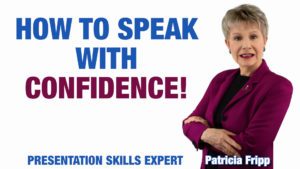
- Continuity
- Credibility
Great brokers, leaders, and communicators do not create adversaries.
They create alignment.
They research the people involved, coach for rapport, and orchestrate conversations where both sides walk away thinking:
“I want to do business with that person.”
That is not manipulation.
That is mastery.
And it begins long before the numbers appear on the page.
If you want to position yourself, your ideas, or your business so that decision-makers wish to say “yes”, that is exactly what I coach leaders to do.
Because the strongest deals are built on trust, not just transactions.
Michael Sipe is now Chairman – 10x Catalyst Groups®, President – CrossPointe Capital, and Two Time #1 Bestselling Author
“Thank you for the excellent job you did presenting the opening keynote and a well-attended breakout session at the IMC USA Conference.” – Henry DeVries, Conference Chair, IMC USA
“Thank you for the seven spectacular presentations at our year-end 2007 workshops. The clients loved you!” – Lois Fried, CPP, Client Trainer, ADP
“Patricia’s highly interactive keynote was great. I’ve received nothing but positive feedback from the entire team. The meeting went very well, and I’m grateful Patricia was so good.”
– Steve Sumner, Alliances Manager, Membership Products, California State Automobile Association
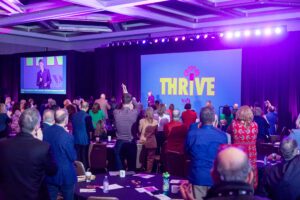


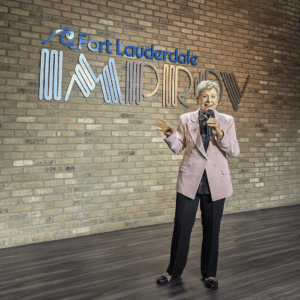

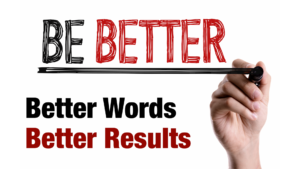
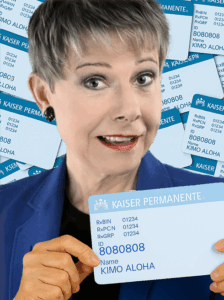 Start with your audience, not your slides.
Start with your audience, not your slides.